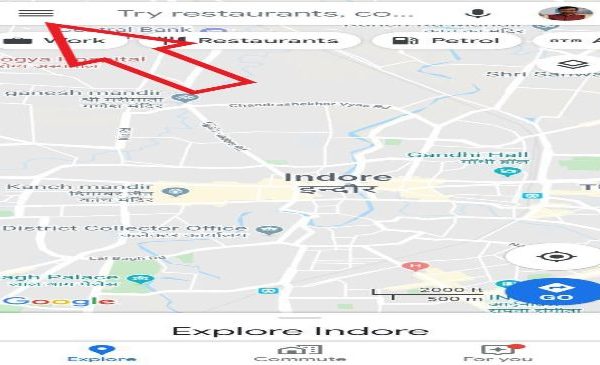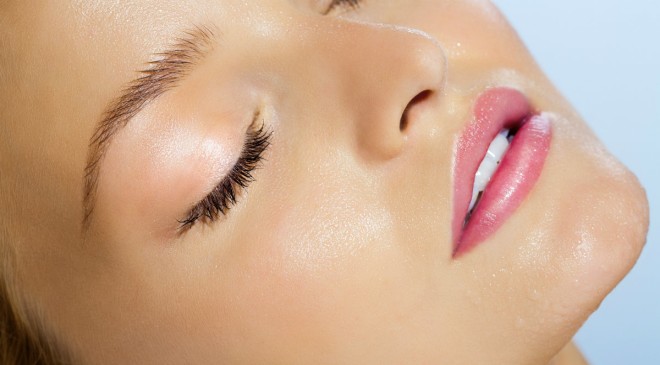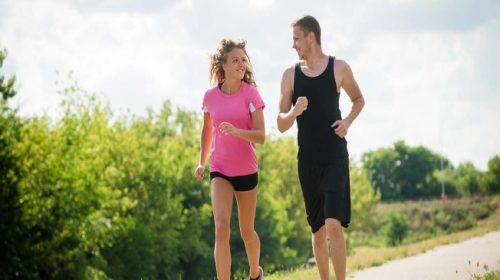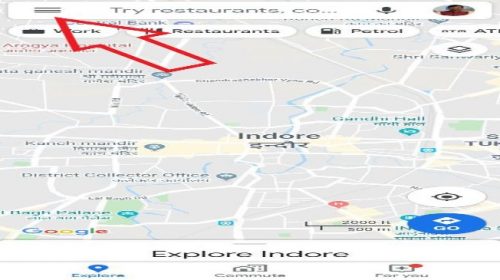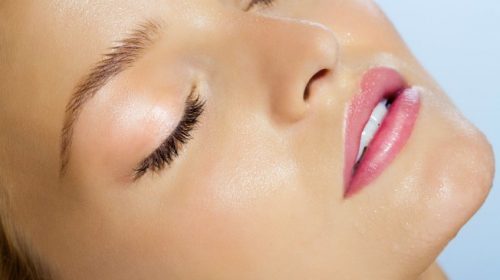The sustenance obtained from food supports the body’s sophisticated and complex functioning. The digestive tract plays a crucial part in maintaining vigorous health and good organ function. Fundamentally, digestion is the process through which the proteins, lipids, carbs, vitamins, minerals, and water in our food are converted into usable forms. These nutrients are painstakingly digested to make them soluble for essential energy, development, and cellular renewal.
Read More : Popular cloth dryers you can buy in India
Yoga asanas and certain mudras work together to fortify digestive health, making them a potent ally. These complex methods actively promote healthy digestive function while igniting the cleaning and stimulating processes.
Yoga asanas for digestive health
Pushan mudra: Steering upper and lower GI balance
Read More : 6 Major Symptoms of Thyroid Disease in Women You Should Not Ignore
The Pushan Mudra offers its therapeutic arms to people who have upper gastrointestinal problems including reflux and belching. The process entails gradually extending the ring and little fingers while uniting the tips of the index and middle fingers to the thumb. The palm assumes a friendly upward position. On the other hand, those who are dealing with lower GI problems, which include problems like bloating, gas, or constipation, use their thumb and ring and little finger tips. The palm’s upward glance is mirrored by the beautifully extended index and middle fingers.
Vajrasana – Thunderbolt Pose
Read More : India’s Top Garam Masala Brands for Flavorful Food
Standing up, place your pelvis on your heels with your toes pointing outward, and then lower your knees onto the mat. Avoid stacking the right and left toes on top of one another and keep your heels close together. Put your palms, facing up, on your knees.
Padahasthasana – Hand to Foot Pose
Starting in the samasthithi position, exhale and softly bend your upper body, lowering your head while maintaining a relaxed neck and shoulder position. In particular if you’re a newbie, simply go as far as you feel comfortable. Aim to touch your face to your knees. Try to move your torso from your hip joints while maintaining your legs and knees straight by placing your palms on the sides of your feet and moving them.
Read More : How you can build stronger Bones in Babies
Balasana (Child’s Pose)
Bring your heels together as you kneel on the mat. Exhale, then bend your upper body forward and place your forehead on the floor while raising your arms over your head. Avoid arching your back; instead, let your pelvis rest on your heels.




